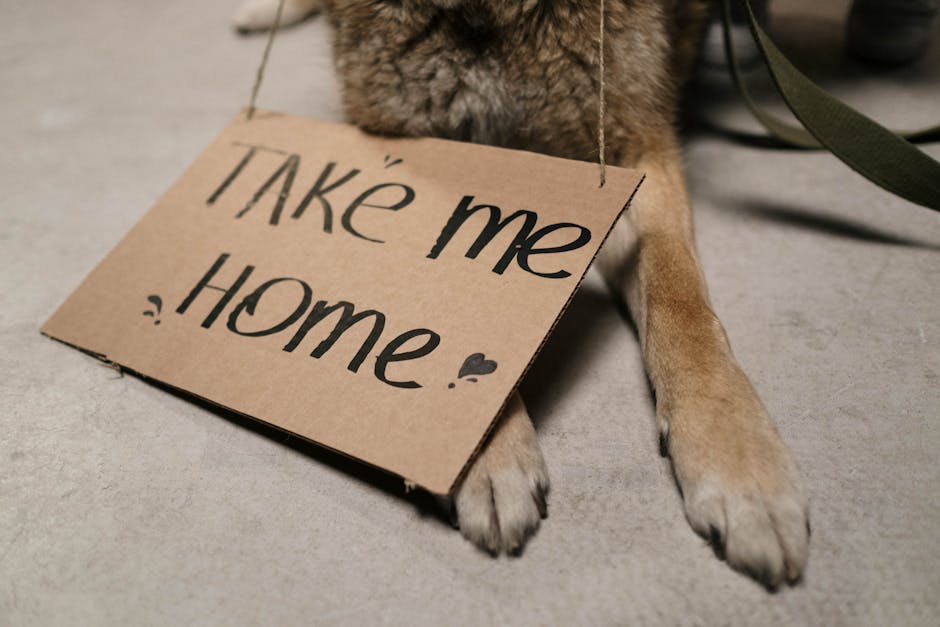Why Rescue Stories Matter
Adopting a rescue pet is more than an act of kindness—it’s a transformative experience for both the animal and their new human companion. In 2024, these stories serve not only to tug at heartstrings but to reshape the way society views animal adoption.
Emotional and Practical Value of Adoption
Bringing a shelter pet home can change the trajectory of two lives. Here’s why rescue matters on both emotional and practical levels:
- Companionship: Animals from shelters are just as loving and loyal as any others.
- Healing: Both adoptive pets and their humans often find mutual emotional healing.
- Prepared Homes: Many rescues come microchipped, neutered, vaccinated, and behaviorally assessed—making the transition smoother and safer.
- Cost-Effectiveness: Compared to breeders, adoption fees are typically lower and often include basic medical care.
Shifting Perceptions Around Shelter Pets
There’s been a clear cultural shift in how we talk about and view rescue animals:
- From pity to pride: Adopted pets are no longer viewed as second-choice—they are celebrated.
- Pets with a story: People are drawn to pets with history and resilience.
- Rise of influencers and campaigns: Social media has helped normalize and even glamorize rescue adoption, showing the beauty in second chances.
Adoption Trends in the Post-Pandemic Era
The global pandemic reshaped pet ownership significantly, and its influence continues today:
- Adoption surges: Early lockdowns created a wave of pet adoptions, as families sought companionship during isolation.
- Shifting returns: Some pets were returned once routines resumed, but many families stuck it out—building deeper bonds over time.
- Rescue innovation: Shelters and rescues adjusted quickly by offering virtual meet-and-greets, online applications, and new foster-to-adopt programs.
These trends show a growing awareness—not just of the need for adoption but of how to do it successfully, for the benefit of both pet and person.
Rescue stories, at their core, are stories of hope. They remind us that no beginning—however rough—defines the ending.
The Rescue Process: More Than Just Picking a Pet
Adoption doesn’t start when you walk into a shelter—it starts well before that, the moment an animal is brought in. Whether it’s a stray, a surrender, or a case of neglect, each intake triggers a defined process. First up: medical checks. Vets screen for illnesses, injuries, and vaccinations. Then it’s time to look deeper—emotional and behavioral evaluations happen to see how the animal responds to people, other pets, and stress. This matters because pairing the right animal with the right home isn’t guesswork—it’s data, observation, and gut instinct working together.
Not every animal is ready for adoption right away. Some need surgery, some need training, and some just need time. That’s where foster networks come in. These temporary homes offer space for healing, socialization, and assessment. A dog who’s shut down in a kennel might show its true personality in a living room. A cat with food aggression might chill out when it isn’t competing for kibble.
By the time that animal is listed for adoption, a lot has already happened. It’s not just about finding a home. It’s about finding the right one—built on understanding medical needs, emotional readiness, and the path that came before.
Real Journeys: Pets Who Found Their Perfect Match
When rescue works, it’s quiet, steady magic. These are the stories that remind us what “meant to be” looks like—no flash, just right.
First, there’s Benny, a 12-year-old terrier mix with cloudy eyes and arthritic hips. He landed in his golden years at the shelter after his previous owner passed. Enter Linda and Frank, a pair of recently retired teachers with time, patience, and a quiet home. What made it work? Matchmaking, plain and simple. Benny didn’t need hikes. He needed laps. Linda and Frank weren’t looking for energy. They were looking for companionship. Three months in, Benny’s found his rhythm—and his people.
Then there’s Cleo and Juno, a bonded cat pair surrendered due to a cross-country move. They were skittish, wary of loud noises and sudden change. Their savior? A young couple moving into their first apartment in a mid-rise, already cat-savvy and eager to keep them together. At first, the cats hid under the couch. Within weeks, they ruled the windowsills. The deal-maker here was environment: calm, consistent, and familiar to felines.
Finally, meet Olive. Once a painfully shy rescue pup with a trembling tail and a fear of strangers, she was rescued by a social worker who saw a softness behind the fear. Over a year, with gentle training, patience, and a sense of purpose, Olive transformed. She now visits hospitals as a certified therapy dog. Her path wasn’t fast—but it was intentional.
The thread running through these stories? Fit. Not just whether a pet fits a home—but whether a home fits what the animal really needs. Rescue isn’t about plugging any dog or cat into any family. It’s small choices that stack up to stability: energy levels, schedules, noise tolerance, experience. The right match isn’t always obvious—but when it clicks, everything gets easier.
Tips for a Smooth Transition Home
The first few days with a rescued pet can be quiet—or chaotic. Either way, don’t expect instant cuddles. Most adopted animals need time to decompress. They’re adjusting to new sounds, smells, people, even flooring. Some won’t eat for a day or two. Others may pace, hide, or test every boundary. That’s normal.
Patience is your best tool. Stick to a calm, predictable routine. Feed them at the same times, walk them on a consistent schedule, and give them a safe, quiet place to retreat. Structure builds trust. That trust doesn’t appear overnight, but it does show up—as long as you stay steady.
Watch out for behavior quirks. Maybe your new dog is terrified of stairs. Maybe the cat bolts when the doorbell rings. These are not personality flaws. They’re response patterns shaped by history—and they fade faster when met with consistency instead of correction.
If your pet seems unsure, model the energy you want to see. Be clear, calm, and low-drama. Praise the small wins. Over time, those small wins become habits, and habits form the bedrock of a healthy relationship.
Want to make sure you’ve chosen the right fit before that first vet visit? Read How to Choose the Perfect Pet for Your Family.
The Human Side of Rescue
Most adoption stories focus on the animal—where they came from, what they’ve overcome, how they adjust. But the rescue journey changes the people involved just as much. Maybe more.
Ask any family who’s adopted and they’ll tell you: the shift is real. It’s in the way kids take responsibility for something outside themselves. In the way a quiet home suddenly pulses with life. Seniors often say a pet helps structure their day—a reason to get up, a reason to move, and most importantly, someone to care for in a world that sometimes forgets them.
There’s also a deeper layer. Mental health professionals often point to the therapeutic power of routine, companionship, and nonjudgmental presence. A dog that needs walking gives rhythm to days that might otherwise drift. A cat that curls up on a lap can ease the edge off loneliness. For some, adopting isn’t just about saving a pet—it’s about regaining a sense of self, purpose, or connection.
Rescue works both ways. We save them, sure. But they save us too—often in quieter, slower, but no less meaningful ways.
What Makes a Journey “Successful”
A successful rescue story doesn’t come together overnight. It isn’t about picture-perfect moments or instant obedience—it’s about progress, trust, and sticking with it through the messy parts. Growth is the real marker: a once-fearful dog wagging for the first time, a cat choosing a lap instead of a hiding spot, a human learning how to show up for a pet with a past. These are the wins that matter.
Signs of a good match aren’t flashy. They show up in the quiet ways—mutual comfort, steady routines, fewer guard-up moments. It’s when the pet starts to feel safe enough to just be themselves, and when the adopter learns to read the signals and respond with patience, not pressure.
None of this happens in a vacuum. Long-term success leans on a network. Thoughtful adopters reach out to trainers when behaviors get confusing, rely on vets who understand trauma cases, and stay in touch with rescue groups who can offer guidance over time. Community matters—adoption is not a finish line, it’s the beginning of a shared path.
Stick with the journey. That’s what makes it work.
Final Thoughts
Rescue isn’t about pity—it’s about partnership. When you adopt, you’re not saving a helpless animal. You’re making room for someone with history, resilience, potential. It’s a handshake, not a handout. A good rescue match brings out the best in both sides. You adapt. They adjust. Together, you build something solid.
But it doesn’t stop there. Every adoption sends a message. Maybe it’s just to neighbors, or maybe it’s to thousands through a social media post. But someone, somewhere, starts to think, “Hey, maybe we could do that too.” The choice to adopt has a ripple effect: shelters get more visibility, animals get a better shot, and outdated myths about rescue pets start to crumble.
So if you’ve walked the rescue road, speak up. Share your ups and downs. Post that first cautious cuddle or that moment of breakthrough. Tell people what patience can build. Your story might be the reason another pet gets a second chance.




